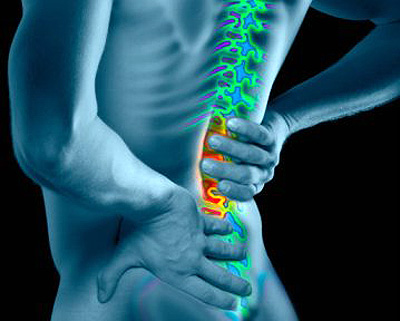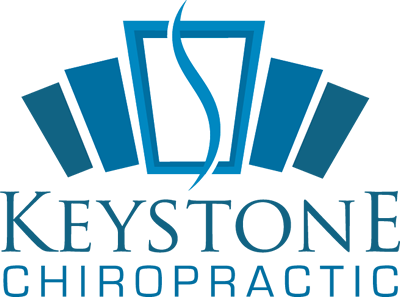Low Back Pain
How Common is Low Back Pain?
Low back pain is the most common physical ailment in the human population. Almost every person will have at least one episode of low back pain at some point in his or her life. The pain can vary from severe and long-term to mild and short-term. Proper functioning of the lower back is needed for almost all activities of daily living and low back pain is an indication that you need help to improve that function.
What Can Chiropractic Care Do for My Low Back Pain?
The chiropractic approach to low back pain is to help restore the way your spine works through specific spinal adjustments. This reduces nerve irritation that causes the pain and helps revitalize your body's own healing ability.
With disc herniations, chiropractic works in similar ways. The disc herniation, in most cases, bulges out into the space where the nerve exits the spine. Chiropractors work on reducing the size of the herniation so it does not compress the nerve, therefore, reducing pain symptoms or muscle weakness associated with the disc herniation.
Dr. Haponski is specifically trained in Flexion/Distraction. Please read further to understand herniations and the Flexion/Distraction method.
Anatomy
The bony lumbar spine is designed so that vertebrae "stacked" together can provide a movable support structure while also protecting the spinal cord and nerve roots from injury.
The discs are pads that serve as "cushions" between the individual vertebral bodies. They help to minimize the impact of stress forces on the spinal column. Each disc is designed like a jelly donut with a central softer component (nucleus pulposus) and a surrounding outer ring (annulus fibrosus).
The central portion of the disc is capable of rupturing (herniating) through the outer ring, causing irritation of adjacent nervous tissue and sciatica.

Disc Herniation
As described above, each disc of the spine is designed much like a jelly donut. As the disc degenerates from age or injury, the softer central portion can rupture (herniate) through the surrounding outer ring (annulus fibrosus). This abnormal rupture of the central portion of the disc is referred to as a disc herniation. This may cause numbness or a tingling sensation in the arms, hands, legs or feet. It also may contribute to muscle weakness.
The most common location for a herniated disc to occur is in the disc at the level between the fourth and fifth lumber vertebrae of the low back. This area is constantly absorbing the impact of bearing the weight of the upper body. The lower back is also critically involved in our body's movements throughout the day, as we twist the torso and as we hinge the back in flexion and extension while bending or lifting.
What is Flexion/Distraction?
It is a technique that combines spinal decompression with motion using a specially designed flexion/distraction table.
Benefits include:
- Increase in the disc height, to remove disc bulges.
- Distraction under slight traction to reduce the protrusion.
- Decrease in the pressure on the nucleus pulposis, allowing it to assume a neutral position.
- Removal of subluxation of the joints of the spine to restore proper motion to these joints.
- Improved posture and movement with relief from pain, improved body function and restoration to a state of well-being.
